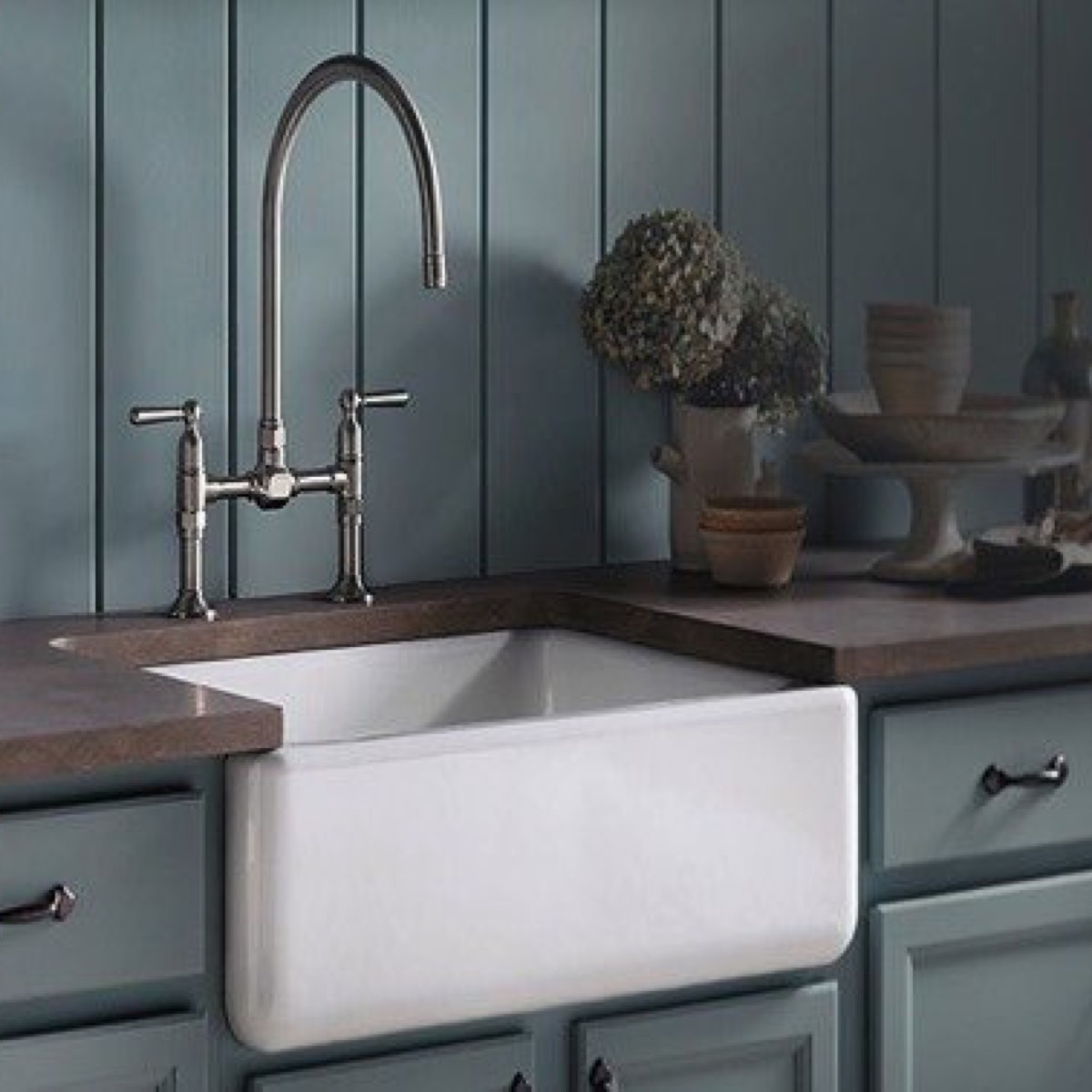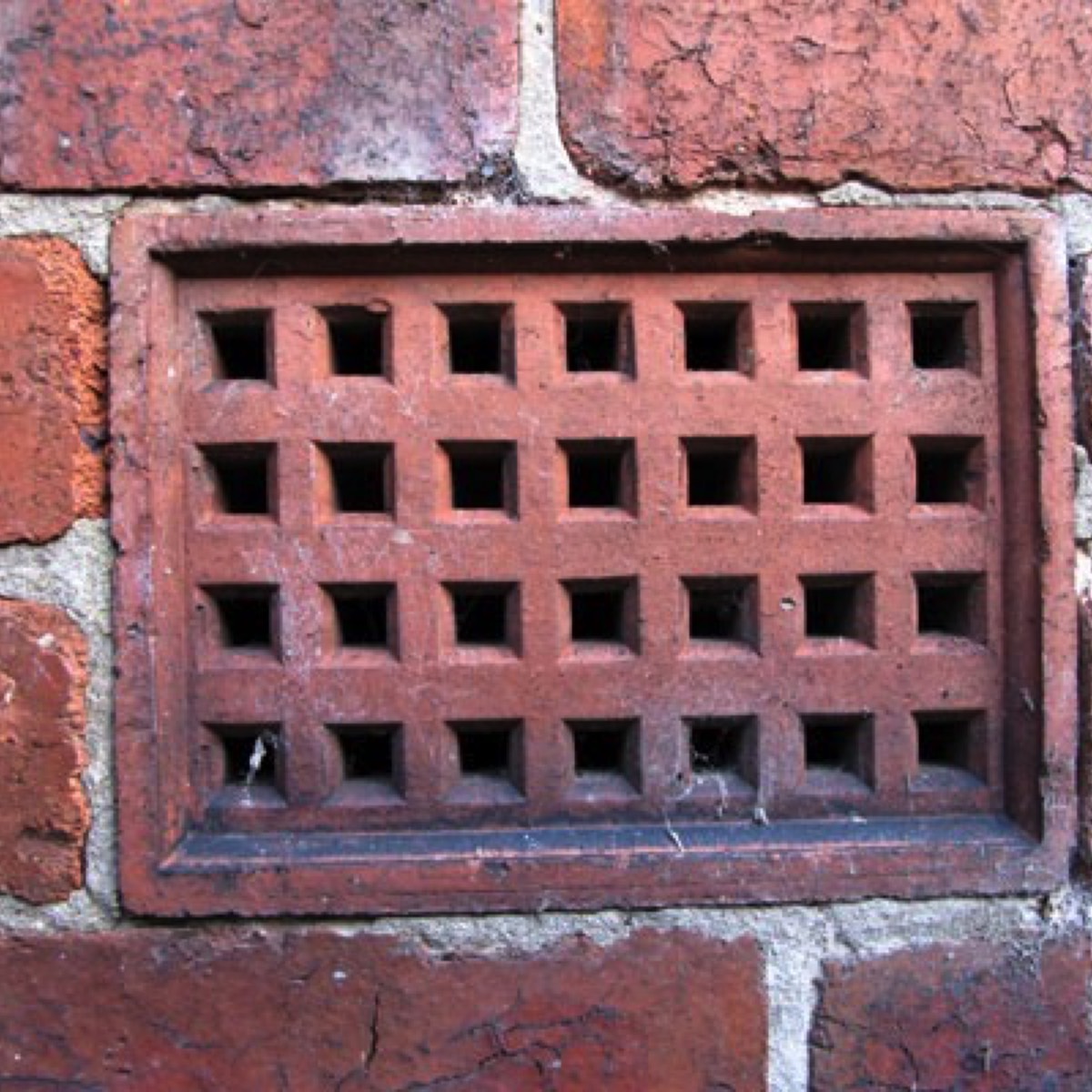Common DIY Problems

Sticking doors.
Wooden doors expand during the winter months as the timber draws moisture from the atmosphere and naturally contracts during the summer months as the warmer weather causes this moisture to be released. During wet summers however, it is unlikely that moisture will be released so you have the scenario whereby the door is permanently larger than the door frame.
Remedy:
Open and close the door and determine where the door is sticking. Mark this and remove the door. Next, assess draw a line along the area to be trimmed as a guide and plane down using either a hand or electric plane. Hang the door again and repeat this process until the door closes freely. Once you are happy REMOVE THE DOOR AGAIN AND TRIM A FURTHER 3MM FROM THE AREA THAT WAS STICKING. This is vital as one of the reasons a door will expand in the first place (usually at the tops and bottoms) is because the timber has not been sealed with paint and thus allowed water to get in. You need this 3mm to allow for a primer, undercoat and top coat and STILL have the original clearance that you planed! Only use oil-based paints on exterior doors and do all of this on a dry day.
Tiling (also plastering)
The most common error when it comes to tiling is not preparing the walls properly leading to tiles not sticking to the walls properly or because the walls are uneven, necessitating the use of too much adhesive, leaving you fighting to keep all of your tiles even and flat looking.
Method:
When you have removed tiles from the wall, before re-plastering you need to remember the following tips.
- Using a scraper, remove any loose adhesive from the walls. The surface of the wall need not be completely flat, but plaster will not stick for very long to a flaky surface.
- Fill deeper holes with bonding – a plaster undercoat that is easy to mix and apply with a trowel. Make sure that you leave the bonding ‘flush’ with the surrounding surface.
- Next, the professional’s magic formula – PVA solution. Dilute according to the manufacturer’s instructions and apply this to the wall with a brush or roller. Do not be in too much of a hurry though. If you apply it too quickly it will splash everywhere and your coverage might be slap dash. The point of applying PVA is twofold - to stick all of the dust and loose, small particles to the wall. It is a glue after all – and to seal the wall so that the plaster doesn’t dry too quickly once you have applied it. Plaster that dries too quickly cracks and loses adhesion.
- Now to plaster. Apply in two coats. With a trowel and the aim is to get the stuff on the wall. Don’t worry about it being smooth yet. Leave to dry a little (10-15 mins) and then begin to smooth with your trowel. Go and have a cup of tea and then flatten off some more. Now the surface will be drying and getting smoother, mix up another batch of plaster and trowel a very thin coat onto the wall. Again leave well alone for ten minutes and flatten as before. Have another cuppa and then you begin the smoothing in earnest. Running your trowel over the wall you will find that the flat blade of the trowel will take off the high points and leave this residue on your trowel. Take note of the low points and trowel this plaster into them. Continue this process for 20 mins or so until the wall is flat. Leave alone again! After another 30 mins use a plant sprayer to wet the surface and draw your trowel in long strokes over the near-hard plaster. This is called polishing and is the final part of the job – it should take no more than 10-15 mins. Using two coats is
When tiling over a surface where tiles have been removed you need to remove all of the flaky bits as per plaster preparation. Once this has been done, apply the PVA solution in the same way as above.
When it comes to tiling, use a large-notched trowel to apply the adhesive (waterproof) to the wall. This will take up the undulations on the wall. Apply the tile to the adhesive pressing firmly. Remember all tile surfaces should be on the same ‘plane’ that is all four edges meeting the surrounding tiles at the same level in order to create a ‘lip’ free wall.
Wallpapering:
Wallpapering is a relatively simple task made difficult by NOT READING THE INSTRUCTIONS. Paper is nothing more than very thin wood and when in contact with water, it absorbs it and expands. Wallpaper paste is 95% water thus when it is brushed onto the paper the paper will absorb it and expand. The manufactures know this and on the instructions the time they recommend that you leave the paper to ‘soak’ not only tells you when the paper is pliable and easy to handle but, more importantly, the time when the paper becomes saturated with water and has ceased to expand. IF YOU PUT THE PAPER ONTO THE WALL BEFORE THIS TIME HAS ELAPSED THE PAPER WILL DO ITS EXPANSION ON THE WALL AND YOU WILL GET BUBBLES.
The second biggest problem for DIYers is not ‘sizing’ the walls (sizing is painting a weak solution of wallpaper paste onto the walls to seal the walls). If this is not done, the dry walls will suck up the paste to rapidly and the paper will not stick to the walls.
A final tip is to apply PLENTY of paste to the paper. In all building applications, strength of adhesion is inversely proportionate to drying time i.e. the slower something dries, the stronger the bond. The same goes for concrete, tiling adhesive and even paint – just think, if paint dries too quickly in the sun, it will therefore not create a strong bond and will flake sooner rather than later!
Shutting off gas, water and electricity in an emergency.
Plumbing, gas and electrics are best left to the professionals (preferably one who has been recommended personally) however it is vital that you know how to shut off these supplies quickly and safely.
Water:
Imagine water to be nothing more than liquid electrics – you would never work on any wiring without shutting off the electricity supply at the fuseboard. Find out where your ‘stopcock’ is. It is more often than not under the kitchen sink – this is usually the place where the mains water from the street enters your house and is controlled by a tap called a stopcock. Sometimes, however it is in the street directly in front of your house. You may need a key to shut off the supply. If you are unsure, perhaps ask a neighbour who may have the same configuration.
Shutting off the supply:
Turn either the stopcock or the key in the street CLOCKWISE until it will not go any further. This is the ‘off’ position.
Gas:
This will be turned off using a lever next to your gas meter. The meter will be located in one of several places.
- Under the stairs. If your gas meter is under your stairs, look for a 5 inch or so lever beside a large pipe that feeds gas into the meter.
- Outside in a cabinet on one of the house walls. These boxes require a triangular key to open them. Go to your local ironmonger and ask them to sell you the appropriate key and keep this in a safe, easy to access place. Inside, will be a meter and a lever as above.
- In flats, the gas supply is usually in the communal entrance hall in a cupboard. Locate this cupboard and find your own meter. It will look like the meters above – grey with numbers and a lever on the side.
Shutting off the supply:
This is easy and SAFE. Remember the following – when in the ‘off’ position, the lever needs to be at RIGHT ANGLES to the pipe to which it is attached.
If in doubt, consult a CORGI registered gas fitter or plumber.
Electricity.
You are most likely to have a fuse board (consumer unit to an electrician) under your staircase if you live in a house, or located in a box in your hallway if you live in a flat.
This fuse box will be either an old metal box with four or five bakerlite fuses or a newer-style plastic box with a row of plastic ‘trip’ switches.
If a fuse blows on the former, you will need to remove the fuse and physically replace a wire of the appropriate amperage. For the latter you merely reset the fuse by lifting it UP into the ‘on’ position.
Both fuse boards will have a single main switch that will isolate the supply to the fuses and thus the entire house. In case of an electrical emergency or in the case of a gas leak or a water leak, pull this main switch down to the ‘off’ position until any leakage or fault has been corrected.
***When buying a new house ALWAYS ask the previous owners where the taps and switches are located to turn off the water, gas and electricity.
Putting up shelves:
Things to remember:
Before putting up any shelf, or before drilling into a wall, beware of buried cables or pipes. Never drill directly above, below or to the right or left of an electrical socket or lightswitch as it is likely that the electric cable supplying is has been ‘chased’ either vertically of horizontally to this.
Use the correct drill bit.
For shelving or mirror or picture hanging, a 5 or 6 mm masonary drill bit will be appropriate. If you choose a 5mm drill bit, the correct rawl plug is RED in colour. For a 6mm drill, use a BROWN plug.
I would recommend that the minimum screw length is 1 ½ inches (38mm) but preferably 2 inches (50mm).
Screws are gauged in sizes – 4s, 6s, 8s, 10s, 12s. This refers to the diameter of the screw – the larger the number, the thicker the screw.
Use 2 inch 8s with a 5mm drill bit and red plug.
Use 2 inch 10s with a 6mm drill it and brown plug.
Wiring a plug
Since Jan 1st 2005 all UK cables have chanced colour:
Live is BROWN
Neutral is BLUE
Earth is GREEN AND YELLOW
Previously wires were coloured as follows:
Live was RED
Neutral was Black
Earth was either GREEN or just the copper wire itself.
Remove the back of the plug and look at its innards. The fuse will be on your RIGHT.
There are three connections – left, right and top. They work as follows:
LEFT = Blue (neutral)
RIGHT (next to the fuse) = Brown (live)
TOP = Yellow/Green (earth).
Painting woodwork
The paint you use, no matter how expensive is only as good as the surface to which it is applied. If the surface is dusty and dirty, us are painting the dust and dirt ON TOP OF THE WOOD, NOT THE WOOD ITSELF! This dust and dirt is not stuck to the wood so nor will your paint be.
If there is existing flaky or blistered paintwork and you paint over this then, you’ve guessed it, are only painting the flaky and blistered paint work and NOT THE WINDOW ITSELF!
Prepare, prepare, prepare…
- Wash off all dust and grease with a detergent.
- Remove all loose and flaking paintwork and sand down all exposed woodwork.
- Sand down remaining paint to "flatten" any remaining gloss sheen. This process often leaves a layered effect, (depending upon how many existing coats of paint there are and the condition of the woodwork), this can be quite visible even after three coats of new paint have been applied.
- Replace all loose and missing putty to all windows
- Dust down or better vacuum before painting
- Prime all bare woodwork with a good oil-based primer
- Undercoat everything with a good oil-based undercoat. Leave to dry overnight.
- Apply the most expensive ‘high gloss’ exterior oil-based paint you can afford.
- Leave alone for 4-5 years if you have done a good job!
Fence posts:
The problem with fence posts is that they are like trees. If the roots are too shallow, they will fall over if put under stress.
Digging is hard work and many DIYers either get tired or bored and do not sink their posts deeply enough into the ground. Often they use a quick fix – those spiked metal cups that you bash into the ground with a sledge-hammer. These are a quick-fix but will never have the strength of a well-concreted post.
A simple rule: For a standard 6 foot fence panel, you require and 8 foot fence post with 2 foot sunk below the surface.
If you follow the above rule, your fence posts will survive wind, rain and storms until they rot (if they are wooden) or indefinitely if they are concrete.
Fix posts as follows:
- Determine the position of your post hole and dig down two foot. (Use a spade to loosen the earth and a gloved hand is the best way of removing it. The diameter of the hole should be about 18 inches.
- Introduce the post into the hole and wedge it upright (plumb) with several bricks or large stones. Ensure that this is reasonably solid.
- Mix up ballast and cement to create concrete at a ratio of four shovels of ballast for one of cement. (A wheelbarrow is ideal for this). Ensure that the mixture is very runny – remember, the longer concrete takes to dry, the harder it will become.
- Pour the concrete into the hole directly from the wheelbarrow.
- Check the post for level (plumb) and adjust by moving gently if necessary.
- Leave well alone overnight.
For all job costs click on the appropriate section below:
www.buildingsheriff.com
Copyright The Building Sheriff Ltd 2017


